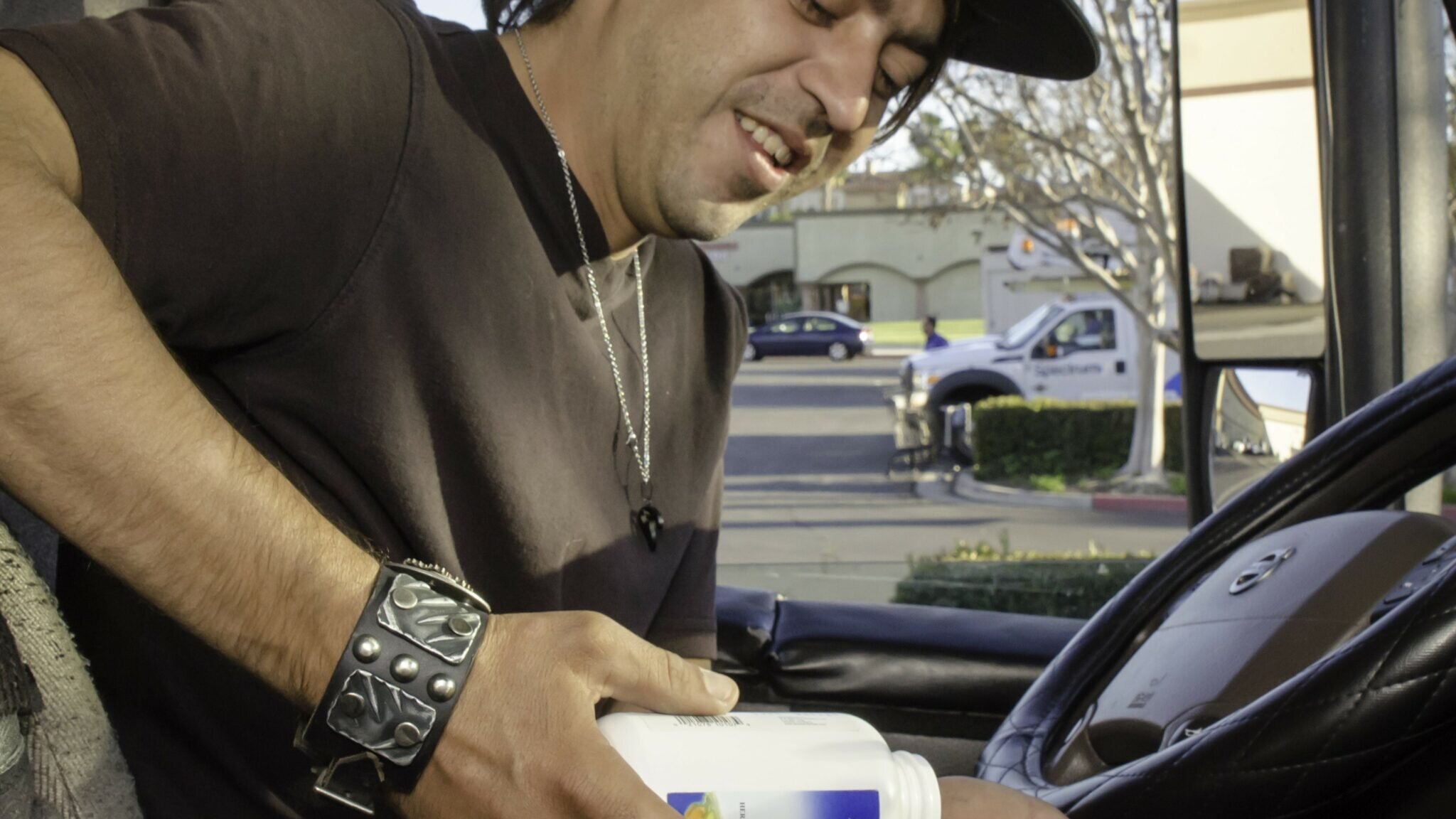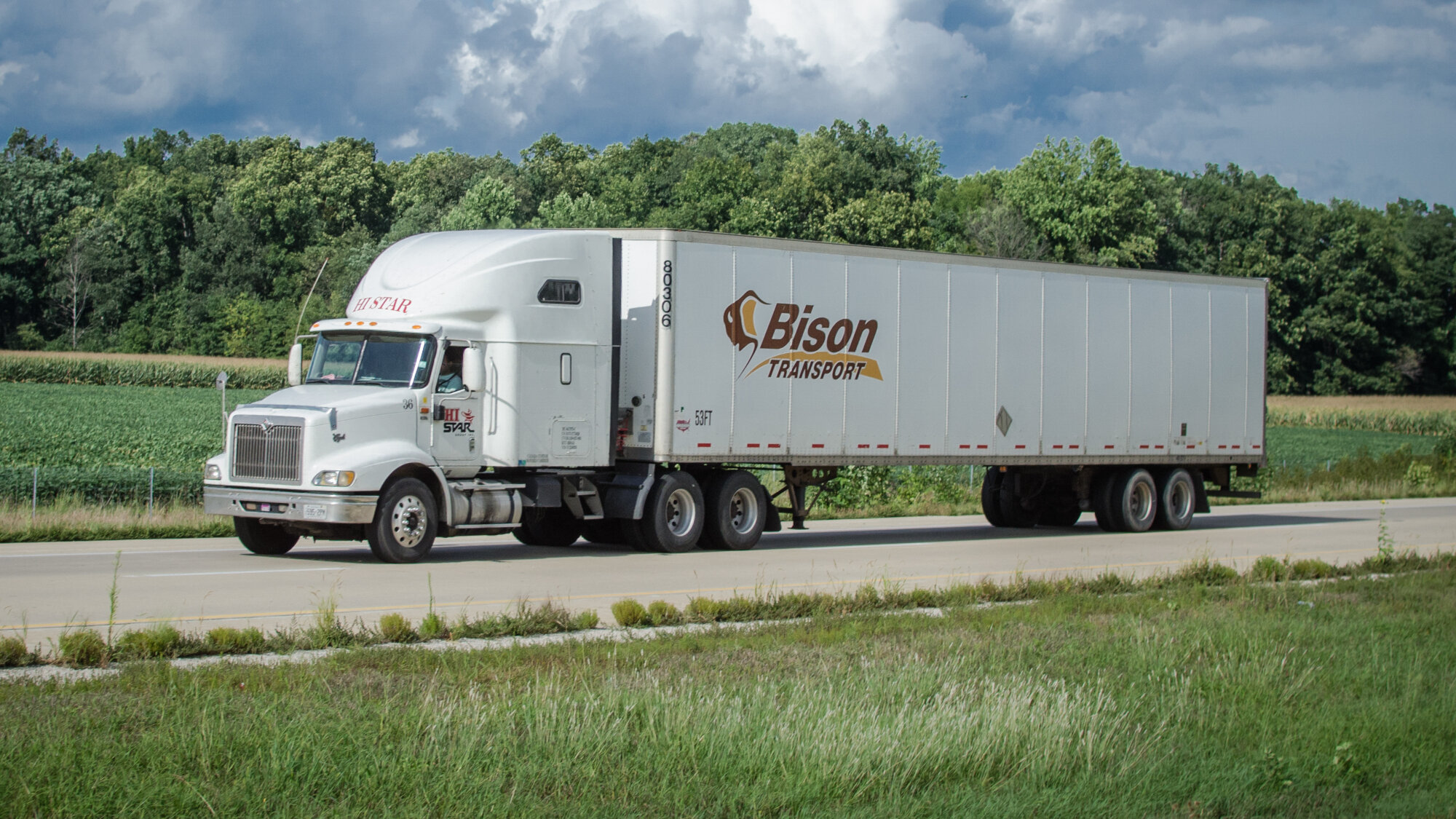
(PHOTO: SHUTTERSTOCK)
Guest Authors: Tim Almack – Partner – Katz, Sapper & Miller (KSM) & David Roush – President – KSM Transport Advisors (KSMTA)
This is the second article in a five-part series related to isolating and understanding the gap which exists between Knowing and Doing in your business. Prior to our recent TCA Profitability Seminar in December, we asked registered attendees, KSM clients, and Truckload Indexes subscribers to complete a survey to identify (in aggregate and anonymous format) the largest gaps. In order to extract the highest value and insight from the survey results, and gain an unbiased perspective, we asked each company to consider having both executives and frontline workers complete the survey.
In our first article discussing the survey results, we introduced a new customized version of the survey to help trucking leaders thoroughly understand where the gaps in their business exist between understanding what needs to be done and actual execution.
To create your own custom survey, click here to submit the required information. Detailed instructions and a survey link will be sent shortly thereafter.
The Importance of Organizational Design and Structure
When you contemplate the strengths of successful businesses, it is common to focus on a unique product or service offering or a creative marketing strategy that was used to gain market share. You may also think of strong leadership, those with the vision and courage to climb above the rest. However, we often forget to acknowledge the massive importance of organizational structure and design in the ongoing success and viability of a successful business.
The whole point of proper organizational design is to provide a physical and mental framework for people to produce high quality work in the least amount of time – eliminating unnecessary bureaucracy, inefficient processes, and bad pricing mechanisms while operating within ethical and regulatory boundaries. A well-designed structure creates a culture of continuous improvement that will be embraced by future generations of company leaders.
If you are part of a team, you have developed an organizational structure over time. Slowly but surely, you have combined internal and external knowledge with the pre-existing processes and procedures developed by your current and past team members. In some situations, a shock is introduced to the business ecosystem. Typically, these shocks are external factors that force companies to change rapidly, and sometimes permanently. Take, for example, the recent and severe shock of the economic recession from December 2007 to June 2009 which touched almost everyone living in North America and globally. It caused record numbers of businesses to declare bankruptcy or seek creditor protection. For those left standing after the dust settled, it took many years to recover. Whether the pace of change is slow and passive, or rapid and severe, smart business owners think of their businesses like living organisms. Every business is the sum of its individual parts and past experiences. How do team members make decisions today (autonomously and within teams), based on lessons learned in prior years? When the opportunity to take advantage of a positive external shock presents itself, is the business ready to act?
In the general group of Knowing-Doing survey respondents, we received some vastly different individual responses from companies big and small. However, the one common trait that rang true for all was the direct correlation between better profitability and lower gaps. The results covered in this article are, perhaps, the cornerstone of the survey – Organizational Structure.
The Results

To display the results for this section of the survey, we felt the use of a Radar Chart (above) was the perfect way to visualize the results for each question/practice. To interpret, with reference to the scale previously described, the larger the space between the red dots and the blue dots on the chart indicates a larger Gap between Knowing and Doing. Logically, Knowing results are almost always rated higher than Doing.
Practice 1 – Company is effective in implementing projects/profit improvement initiatives
Results = Knowing 8.82 / Doing 6.29 / Gap 2.53
We expected the results from the Knowing section to be quite high. Everyone knows that to improve performance, you need to have processes in place to execute efficiently. However, since trucking is never short of daily curve balls, it is not surprising to see a gap for this particular question. Similar to almost all other questions, if a company were to expand the number of respondents for their own survey, you would likely see a larger gap. So, what can be done to reduce the gap? When Jack Welch was CEO of General Electric, they used a process called “Work Out” to solve problems and implement solutions. “Design Thinking,” which is used by KSM Consulting to assist clients in solving problems, was used by Steven Jobs to innovate at his company and helped turn Apple into a market disrupter. For high performing trucking companies, it is common to hear the acronym ‘4DX’ mentioned in conversations. These letters refer to the widely successful Four Disciplines of Execution program developed by Franklin Covey which provides a pre-built framework for companies and teams to achieve increasingly higher levels of success while executing rapidly. You do not have to look too far to find a testimonial for this program in trucking. As an alternative, there are free (and low-cost options) to implement similar models within your business. One that is becoming a favorite among TCA Profitability Program members is Objectives and Key Results, a system developed by Andy Grove, the legendary CEO of Intel. The system has been used, with massive results, by thousands of companies globally. The best part is that it is open-source (free). For more information, click to read the article on Objectives and Key Results published by TCA inGauge
Practice 2 – Standard operating procedures are formalized in writing and uniformly followed
Results = Knowing 7.88 / Doing 5.00 / Gap 2.88
The above question produced the largest gap within the Organizational Structure section; however, we were not the least bit surprised. We find very few transportation companies that have taken the time and energy to document and train employees on standard operating procedures. Research has shown the costs of poor quality in service-based companies and processes run as high as 50 percent of total budget, versus 10 to 20 percent in manufacturing operations. Further, the analysis of service processes often reveal that less than 10 percent of total process time is devoted to real work and tasks that are important to customers. Why? In transportation and other service companies, there are many invisible processes and evolving workflows and procedures when no formal operating procedures are used to guide employees. Regardless of the methodology, it is important to prioritize the mission-critical S.O.P.s, and ensure you are staying on top of them. Suggestions for priority items would be: 1) Driver Recruiting, Onboarding, Screening and Orientation, 2) Freight network optimization (how does the company generate the most gross margin per truck per day) 3) Customer onboarding (documenting load commitments, credit limits, billing requirements, etc.) 4) Preparation of timely accurate financial statements and key performance indicators. Other suggestions to successfully create these S.O.P.’s is to have employees prepare their own procedure descriptions, use checklists instead of long narrative descriptions, and keep all documents simple and up-to-date.
Practice 3 – The causes of problems are rapidly fixed so the company is not always fighting the same fires
Results = Knowing 8.88 / Doing 6.06 / Gap 2.82
Since the respondents to the general survey were skewed towards senior management, we feel this gap score is artificially low compared to reality. How many times a week do you hear the words “We put a Band-Aid on it and will address at a later date” or a similar sentiment. With the number of variables that get thrown at trucking companies on a daily basis, we expect the actual gap to be much larger when you increase the number of respondents within an organization. Without a full-time IT team (which most small and mid-sized companies lack), standard operating procedures for employees to follow and the dependence on a primary business operating system (TMS), it is very difficult to receive, coordinate, and implement permanent or semi-permanent fixes to ongoing IT or operational problems. With that being said, these problems (or curve balls) should be religiously documented in a standard fashion and in a central location. Many companies in other industries use a ‘ticketing’ system to track customer requests, complaints, bugs, and general feedback. These tracking systems also provide a methodology for prioritizing issues for better decision-making. Some of these tools are open-sourced while others are subscription-based cloud services. Regardless of the route you take, at the very least, you should have a formal process to document and regularly re-visit these issues on an ongoing basis until they are resolved.
Practice 4 – Work is passed between departments efficiently
Results = Knowing 8.71 / Doing 6.24 / Gap 2.47
It is our admittedly biased opinion that trucking operations teams typically excel at teamwork in their companies. We view a trucking company much like a football team – if the football team needs to score, all 11 players must do their job, at the proper time, for the team to be successful. Similarly, each department within the trucking company (operations, recruiting, maintenance, billing, etc.) must do their job, at the right time, in order for a load to be delivered on-time and billed to the customer timely and accurately. That said, we believe many companies focus on the end result – getting the load delivered – instead of spending the time to understand and document the most efficient processes they use to deliver the load within the customer specifications. The most successful companies require employees to be part of the process of improving workflow. They create cross-departmental teams to assist each other in increasing efficiencies within and between departments. These teams are encouraged to bring solutions, not problems, to the table and they hold each other accountable for the successful implementation of their proposed solutions.
Practice 5 – Executives encourage and receive ideas from all employee levels
Results = Knowing 9.24 / Doing 7.71 / Gap 1.53
Again, since the respondents for the general survey was heavily weighted with senior level managers, the natural tendency is to state “I’m open to feedback, good or bad, from all team members.” In theory, easy. In practice, not so fast. Almost every trucking company will state that they have an open-door policy. This likely has, in reality, more to do with the typical office layout of a trucking company. Further, there is a growing trend for open-office layouts, with a goal of improving communication and execution. In order to excel at this practice, trucking companies must focus less on the physical, and more on venues and platforms for regularly collecting feedback, from the C-suite to the driver seat. Many successful companies have weekly and monthly ‘state of the unions’ in which all employees are encouraged to participate. Others have implemented regular and random team feedback surveys to collect this necessary information. Another process we recently learned of was the “Start, Stop, Continue” conversation with employees. As a manager, ask each member of your team what one thing you should start doing, what one thing you should stop doing, and what one thing you should continue doing in order to help that team member be more effective in their job. Similarly, ask the team member to list one thing they should start doing, one thing they should stop doing, and one thing they should continue doing to be more effective in their job. Regardless of the method used, there should be a concerted effort to reinforce that all team members, and their input, matter to the sustainability of the business.






















